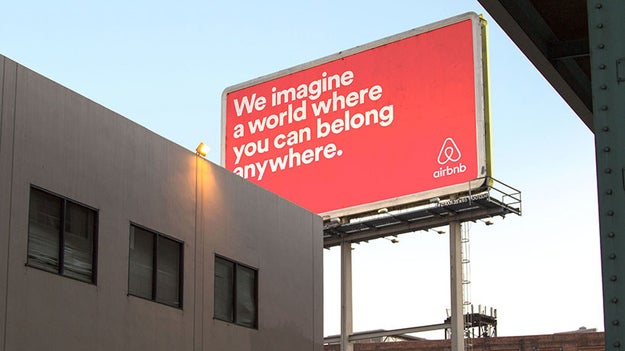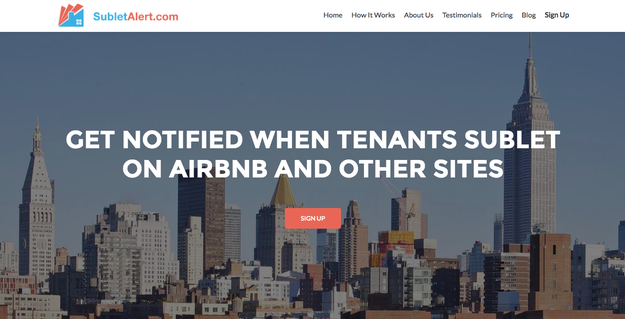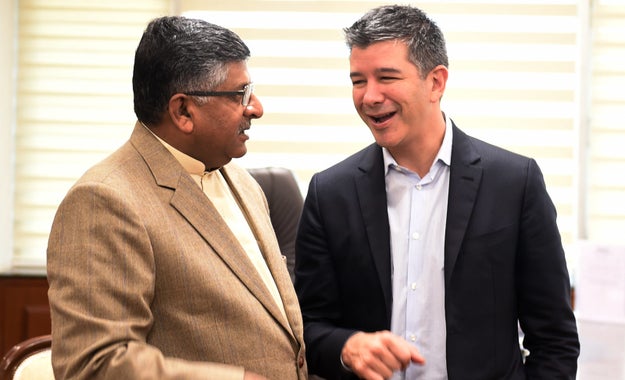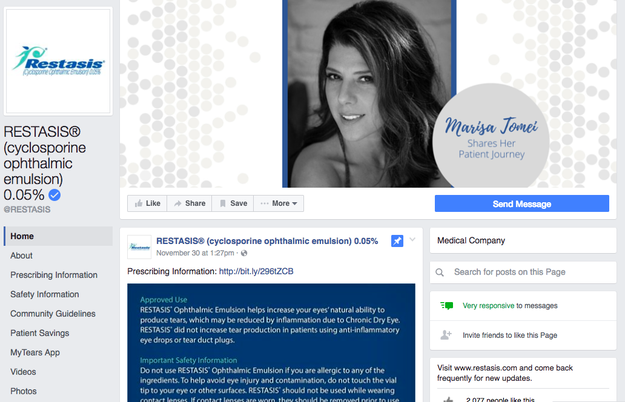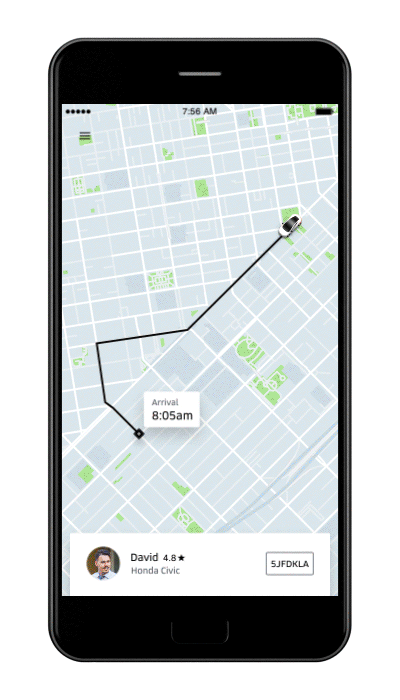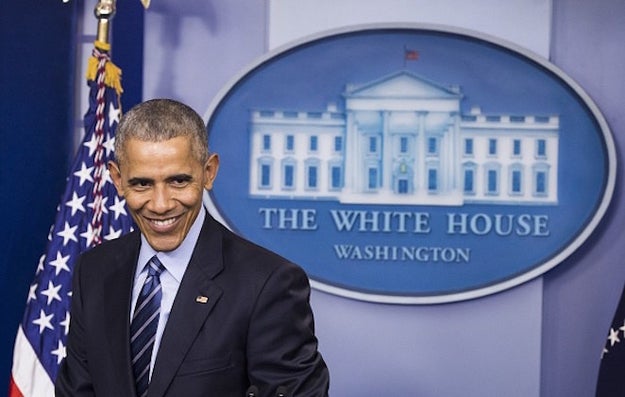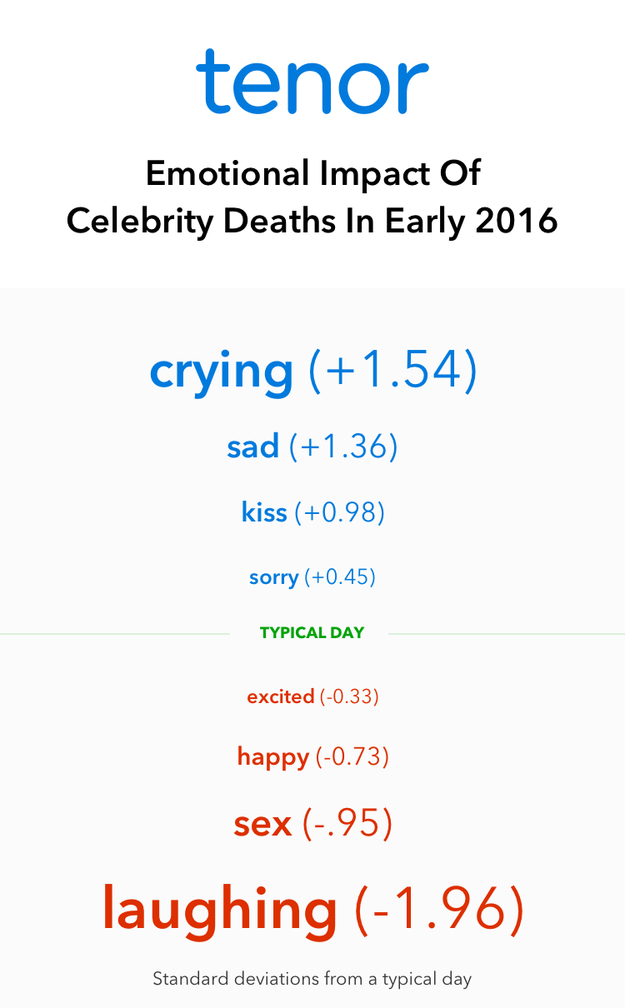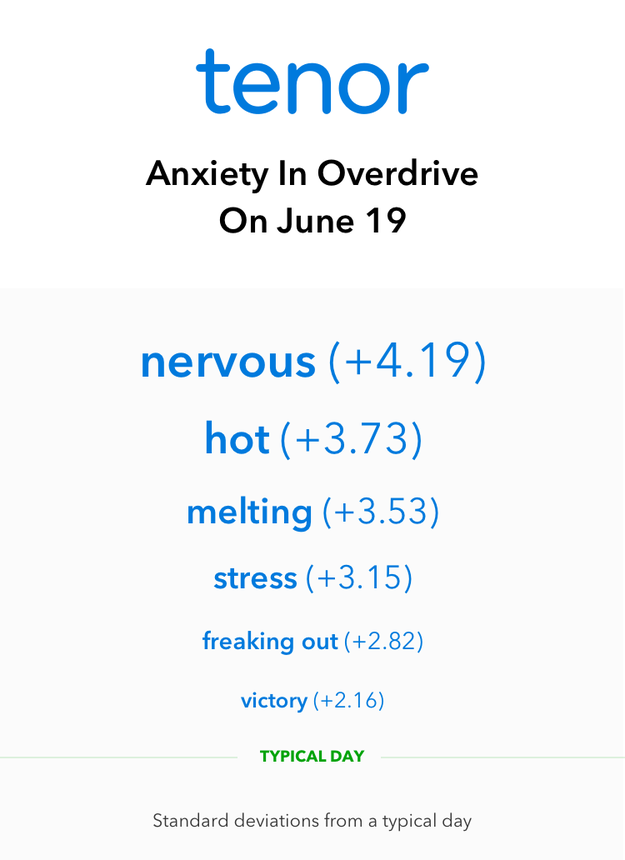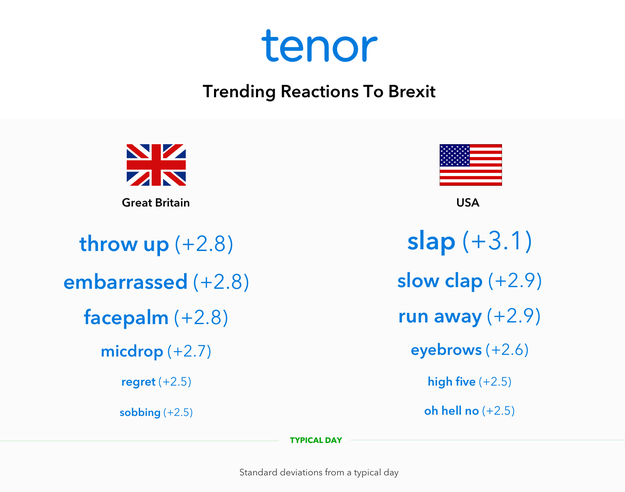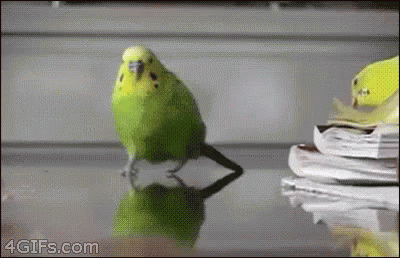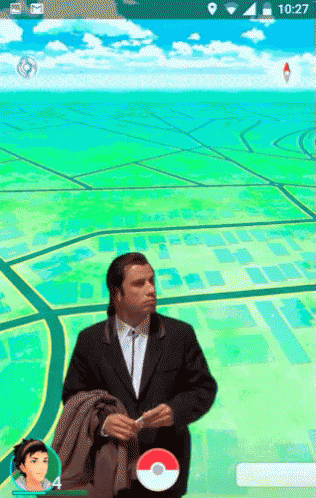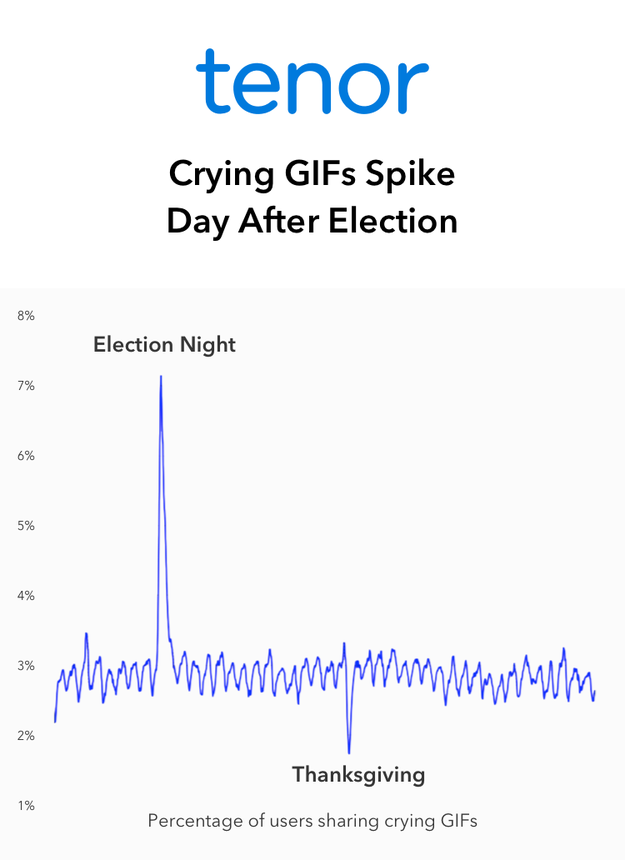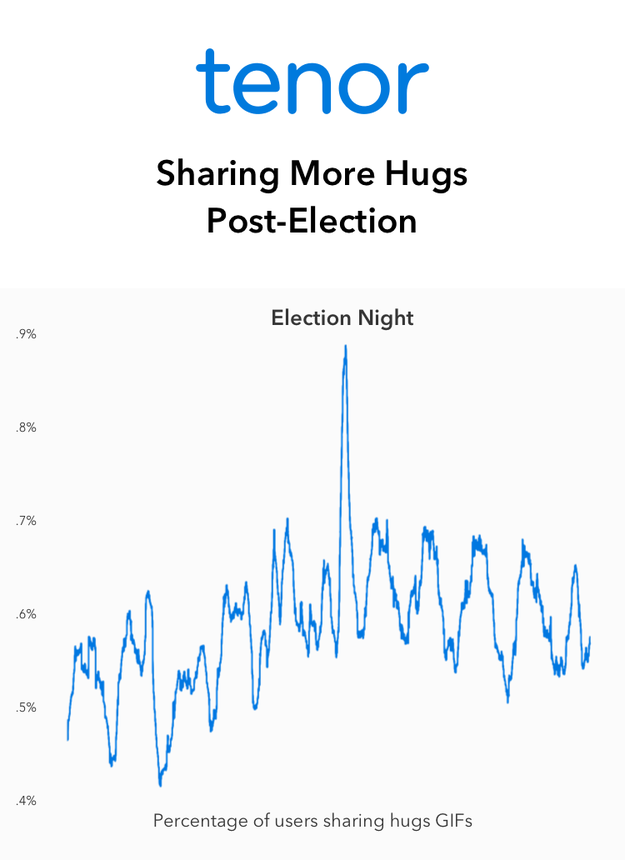BuzzFeed's Favorite Tech Things Of 2016
All the apps, hacks, habits, and products that made our lives a little better in 2016.
Here at BuzzFeed Tech, we're trying new stuff constantly. Companies send us products unsolicited, coworkers and friends and far-flung relatives corner us at parties to implore us to write about whatever thing they just discovered, our inboxes runneth over with PR pitches about the latest and greatest. But only a tiny fraction of that stuff ever makes it our daily routines and changes the way we live our lives. That&039;s what this list is — all the things that made us happier, safer, saner, more productive, more connected in 2016, and that can maybe make you feel the same next year.
Organizing my apps by color
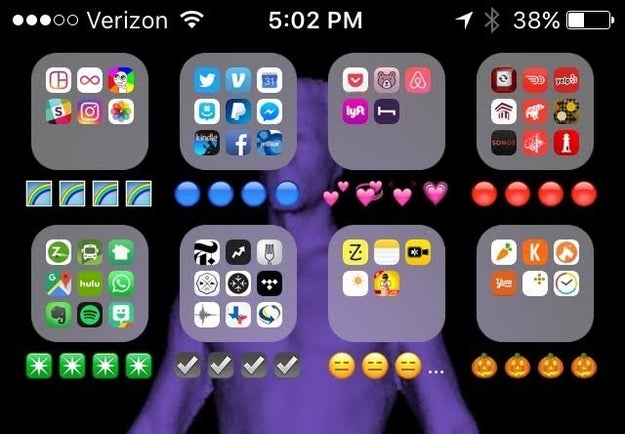
I think it&039;s really cool that, if you put your bank app and your personal savings app into a folder on your iPhone, iOS will automatically name that folder “Finance.” However, my digital life isn&039;t really easily organized into categories like “Finance,” “Health,” “News,” or “Games,” and anyway, when I&039;m looking for, say, Instagram, I don&039;t want to have to remember if that&039;s under “Social” or “Photos.” My big breakthrough this year was realizing that, actually, when I think “find Instagram” the first thing my brain thinks is: rainbow. Just like when I think “find Twitter” I think “blue,” or when I think “find Google Maps” I think “green.” And so I organized my apps into folders by color, which sounds neurotic, but is actually just intuitive. Now, Lyft, Airbnb and Pocket are all saved in a folder titled “💕&x1F495;&x1F495;&x1F495;” while Zipcar, Nextdoor and Whatsapp are in a folder titled “🍏&x1F34F;&x1F34F;&x1F34F;.” Sometimes other people notice this system when they glance at my phone and look at me like I&039;m crazy, but I once met an Apple designer who does it too, so I&039;m pretty sure I&039;m right. Go ahead. Try it. — Caroline O&039;Donovan
Water-friendly phones
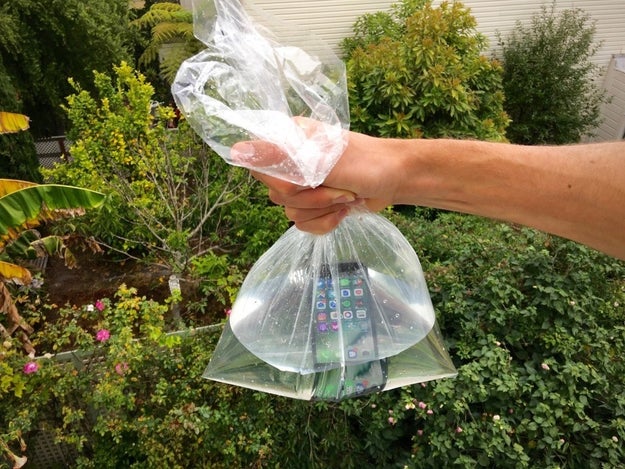
I love that the default for most flagships phones (iPhone, Galaxy S7 and flaming Note 7) except for the Pixel is that they will survive toilets, pools, river floats, etc. without bulky cases. Phones have been water resistant in Japan forever (over a decade??) and it&039;s ABOUT TIME the rest of the world catches up. — Nicole Nguyen
I traveled more this year — for work and for pleasure — than I have in any previous year of my life, which means I also took a lot more pictures than ever before. The result is a formidable, deeply disorganized library comprised of stray moments of my year. Sometimes, when I&039;m looking to kill a few minutes or if I&039;m feeling nostalgic for something, I&039;ll pad through the little patchwork of colorful thumbnails and watch the days and weeks and months rush past under my thumb. I&039;ll open a few of the best photos up and reminisce. It&039;s a nice, tidy exercise of selective memory.
Late last year though, Apple rolled out its Live Photos feature and ever since it&039;s unexpectedly changed the way I re-live all of the weird, wonderful, dumb, and mundane moments of 2016. For the uninitiated, Live Photos is a nearly-invisible feature that, when toggled, keeps your camera rolling before and after you snap the shutter on you picture, creating a little three-second video with sound; press on your photo and your photo animates almost like a gif. It&039;s one of the many throwaway bells and whistles that accompany new phone software and hardware updates — a small little Easter egg designed to make your eyes widen a touch and give you the general impression that you&039;re living just ever-so-slightly in the future.
I enabled the feature unwittingly late last year and as a result my photo library has been transformed into a hypnotizing, moving archive of every memory I&039;ve seen fit to try and capture. Now, my library is rich with new context — a photo of an acrobatic basket fisherman on Myanmar&039;s Inle Lake is forever preserved with the sound of lapping water against our skinny little engine boat. With a touch of a finger, a photo of the park in fall at sunset reveals the orange and yellow leaves shimmering in the wind. The meticulously orchestrated-but-made-to-look-candid photos of my dog are appended with the moments where she turns away from the camera to drool and scratch scratch herself indiscreetly.
There are unexpectedly poignant moments, too. A photo of my 90 year-old grandmother reflects the slow grace of her movements as she poses for a photo with her infant granddaughter at twilight at a family reunion this summer. Scrolling through moments like these, I can&039;t help but think of the power these photos would have if the loved ones in the frame were to pass away. I think about how magical and heartbreaking and necessary it might feel to watch them come to life again, if only for an instant.
Mostly though, I&039;m thankful for how messy they are. So many of my live photos from this year capture the awkward seconds before and after a posed picture or the mundanity of a seemingly insignificant moment at home. They&039;re what might have once been throwaway or easily delectable photos. But now even these dumb, haphazardly shot memories are imbued with meaning. More than anything else for me they&039;re a reminder that, unlike most of still images themselves, life is messy, weird, unexpected, and occasionally beautiful and poignant. — Charlie Warzel
Quelle: <a href="BuzzFeed&039;s Favorite Tech Things Of 2016“>BuzzFeed
